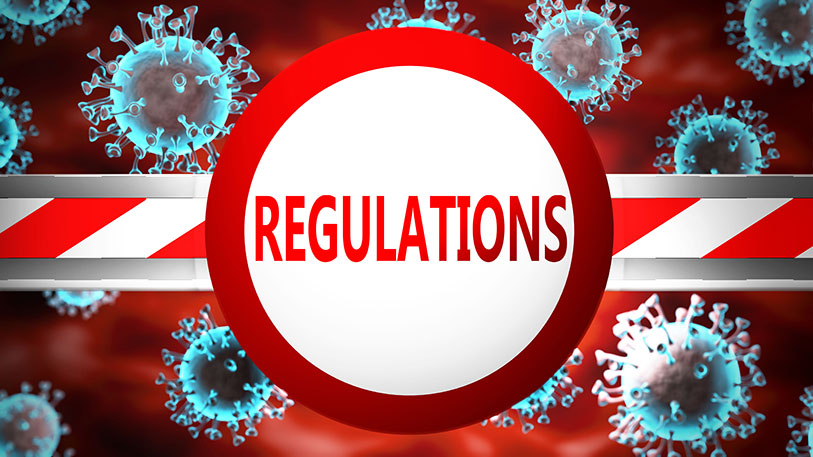One of the most well-known elements of COVID-19 workplace safety was changed last month — to relatively little fanfare — and it has left California employers with many questions.
The long-standing definition of a “close contact” — someone within six feet of an infected person for 15 minutes during their infectious period — has become a household term due to COVID-19 safety precautions over the last few years.
That definition, however, no longer applies in California, due to a June 8 order by the California Department of Public Health (CDPH) that replaced it with a new definition: “someone sharing the same indoor airspace (e.g., home, clinic waiting room, airplane etc.) for a cumulative total of 15 minutes or more over a 24-hour period …” (emphasis added).
Notably, this new CDPH definition also applies to employers’ obligations under the California Division of Occupational Safety and Health’s (Cal/OSHA’s) COVID-19 Emergency Temporary Standards (ETS) due to the ETS’s text specifically noting that CDPH orders may supersede its terms. In other words: everywhere Cal/OSHA handles enforcement, this new CDPH definition also applies.
So, what is intended by this new definition? And how does it apply to large, relatively undifferentiated spaces such as grocery stores, warehouses, manufacturing facilities or airplane hangars? Well, that isn’t perfectly clear yet.
As has become common practice over the pandemic, California employers must look to FAQs for answers. The CDPH issued FAQs on this new definition on June 20 — but they are not exactly easy to apply for employers.
The FAQs note that businesses may “prioritize” their identification of close contacts by “[i]dentifying close contacts who may be considered ‘high-risk contacts’ based on their proximity … duration or intensity of exposure, and/or … risk of severe illness or death….” This language suggests that employers may “prioritize” which close contacts to identify, and potentially not identify others.
Currently, the ETS requires close contacts test after exposure (and potentially quarantine), have their information recorded and be given notice — with slightly different treatment during outbreaks. But the ETS itself — and Cal/OSHA’s supporting FAQs — does not allow employers to comply with the ETS’s requirements as to only certain close contacts.
In other words, it remains unclear whether the flexibility suggested by the CDPH in identifying close contacts will be similarly embraced by Cal/OSHA.
On a practical level, this leaves California employers in murky waters. If one worker on the opposite side of an airplane hangar tests positive, are workers located 30 feet away considered close contacts? What if there are others 60 feet away — can the employer “prioritize” those at 30 feet and determine that those at 60 feet are not close contacts per the CDPH FAQs?
There are no good answers to these questions at present — and we would advise all employers to work closely with their legal counsel to come up with the best interpretation they can, and keep a close eye on Cal/OSHA’s own FAQs for any updated guidance.
Robert Moutrie, Policy Advocate, CalChamber
Read CalChamber’s free Revised Cal/OSHA COVID-19 Workplace Rules: What Employers Need to Know white paper to learn more about what has and hasn’t changed and to help you navigate COVID-19-related workplace rules (CalChamber members can read it here). Not a member? See what CalChamber can do for you.







